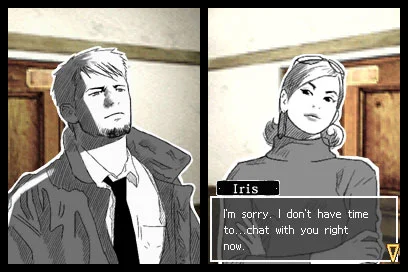Marketing IF is extremely difficult.
The general consensus in games marketing is that for many games, there is no activity at all that generates a positive return on investment. You can buy ads, but you’ll spend more on ads than you bring in. You can plug away at social media, but your time will cost more than you’ll make.
Successful indie games are mostly sold exclusively on Steam. Succeeding on Steam normally means getting game streamers (mostly on Twitch) to exhibit your game, but text-based IF generally can’t be visually engaging enough to attract viewers.
(Most streamers won’t even respond to your offers of a free copy of your game. Even if a streamer does foolishly give your IF game a chance, Twitch visitors normally visit a stream based on a thumbnail of the currently streaming video, but IF can’t look interesting in a thumbnail; your text usually can’t even be legible in a thumbnail.)
The other major venues are online gaming festivals, especially Steam Next Fest. But there, again, you have to attract viewers by streaming, which requires a visually appealing thumbnail, and that’s almost impossible with IF.
At Choice of Games, we did it in an unsustainable and perhaps unreproducible way. Our first handful of games were launched in 2010-2011 completely free on the web and mobile, and we ran Google Ads on them. This made us low hundreds of bucks a month at the time, which was fine for a nights-and-weekends project.
But as we started to develop our library, we built up a big mailing list of players who wanted to see our next game. Now, our mailing list is the engine that drives sales.
But, as for totally new users, we get them mostly through words of mouth and “similars” on Steam and mobile app stores. (“If you liked this game, you might also like…”) Also, when lots of players buy a new game all at once, it can drive us up the charts enough for us to attract a few new users that way.









